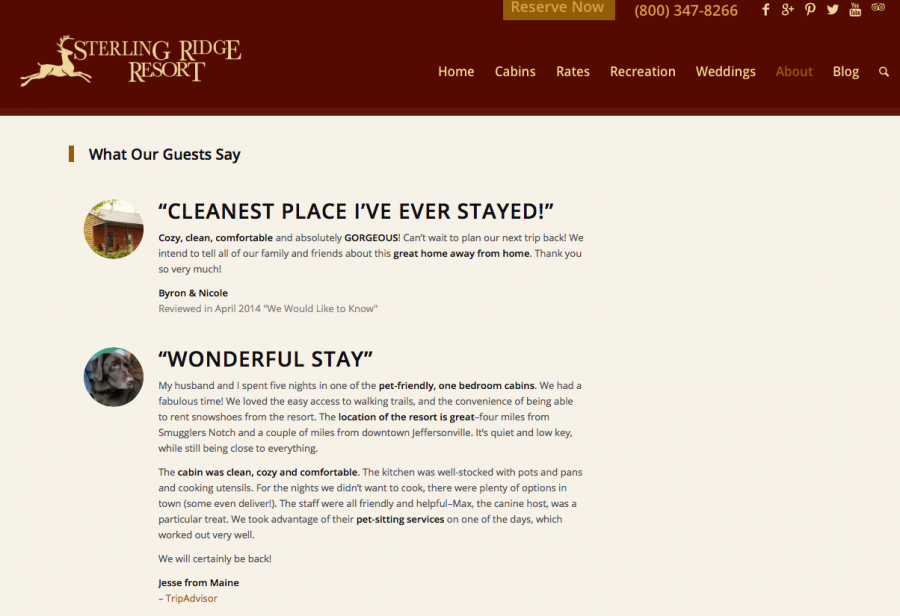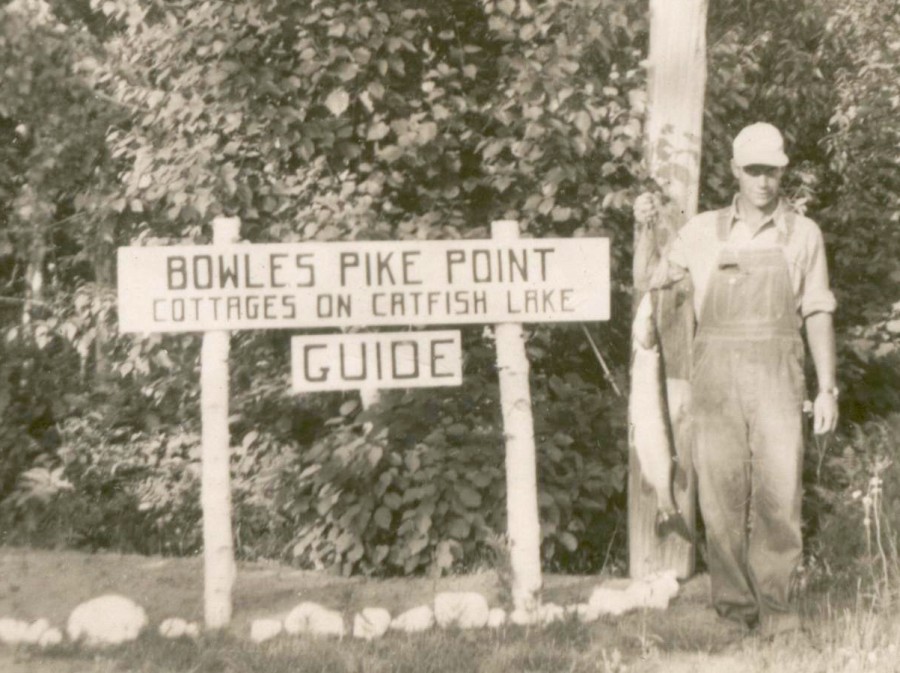Social Media
Rethink Your Guest Review Strategy
It’s time to think outside of the TripAdvisor box with Facebook, GooglePlus and Pinterest Reviews –and guest interaction on YOUR WEBSITE. Oh, we all know how important TA is –and its an easy review mechanism. BUT! Did you know that asking guests to leave a review on TripAdvisor is leaving your lodging property vulnerable? If…
Read MoreNew Trip Advisor Blackmail Tool for Lodging Managers
Real help for Hotel Reputation Management, Trip Advisor Blackmail Tool for Lodging, Hotels, Inns and B&Bs Ever have a guest tell you that if you don’t do ‘x, y or z’ that they will write a bad review about you or your property? Now there is help for hoteliers, it’s the Trip Advisor Blackmail Tool…
Read MoreMake The Most of Your Hotel Facebook Page
Drastically increase reservations by making the most of your Hotel Facebook Page. Using a few of these ‘secrets’, focus your Facebook Page efforts to relate better with potential guests and ultimately produce more bookings. Use Facebook’s new timeline for businesses to get better exposure, more interaction and increased bookings Add an Online Booking Engine to…
Read MoreIs Your Hotel Facebook Nearby Ready?
Facebook Nearby is picking up momentum. It raises some important questions for hoteliers. Does your hotel have a Facebook Page optimized for business? Can people ‘check-in’ to your hotel on Facebook? How important are guest reviews to your business? Do you actively manage your reviews? And seek new ones? Will Facebook ‘Nearby’ be able to pick…
Read MoreAdditional Revenue Model for Hotels
Catalin calls this hotel strategy The Catwalk Concept. It is fundamentally an additional revenue model for hotels that uses the concept of sponsoring brands that may be used within the hotel. Excerpt from Catalin at Cain: “A branded hotel can take three specific steps to capitalise on this opportunity: First, conduct research to identify specific brands…
Read MoreThe Better Road to Success
Ever wonder where Road to Success really is? I’ve been working a lot lately with people that I like and respect. It’s actually a choice I made a couple of years ago and at times I have questioned that decision, as I walked away from certain business opportunities, because of the people connected to them.…
Read MoreYour Guide to Selecting a Hotel Property Management System
When I was young, my grandmother and grandfather owned and ran a small resort in Northern Wisconsin. I remember her notifying the nearby Visitor’s Information Center on Friday evenings when they had open, unsold cottages. It was a friendly conversation that was often repeated just before the cottages ‘turned-over’ for the next weekly rentals. These…
Read MoreLife is a Balancing Act
It’s been a little over a week since returning from Mexico where Chris from Design4Real.net and I worked at Posada Yum Kin Hotel in Tulum, Mexico on a fun little website update. It feels like a lifetime ago and in some ways it has been for me. This is kind of a weird story for me to write…
Read MoreTips for Planning a Vacation via Trip Advisor
Travel sites like Trip Advisor, have become one of the most essential social networking and travel planning sites for travelers and for businesses in travel, leisure, and restaurant industries. Monitoring and participating to keep Trip Advisor reputations as favorable as possible may be the most vital online function any travel and leisure-based business can practice. Smart…
Read MoreStringHub –Where Educators, Students and Startups Meet
Article first published as StringHub –Where Educators, Students and Startups Meet on Technorati. As a guest writer, Technorati published my first article last week, which is shown below. I found it a great compliment to be asked to write for Tehnorati. After all, Technorati, the very first search engine for blogs, is considered the gold standard,…
Read More



